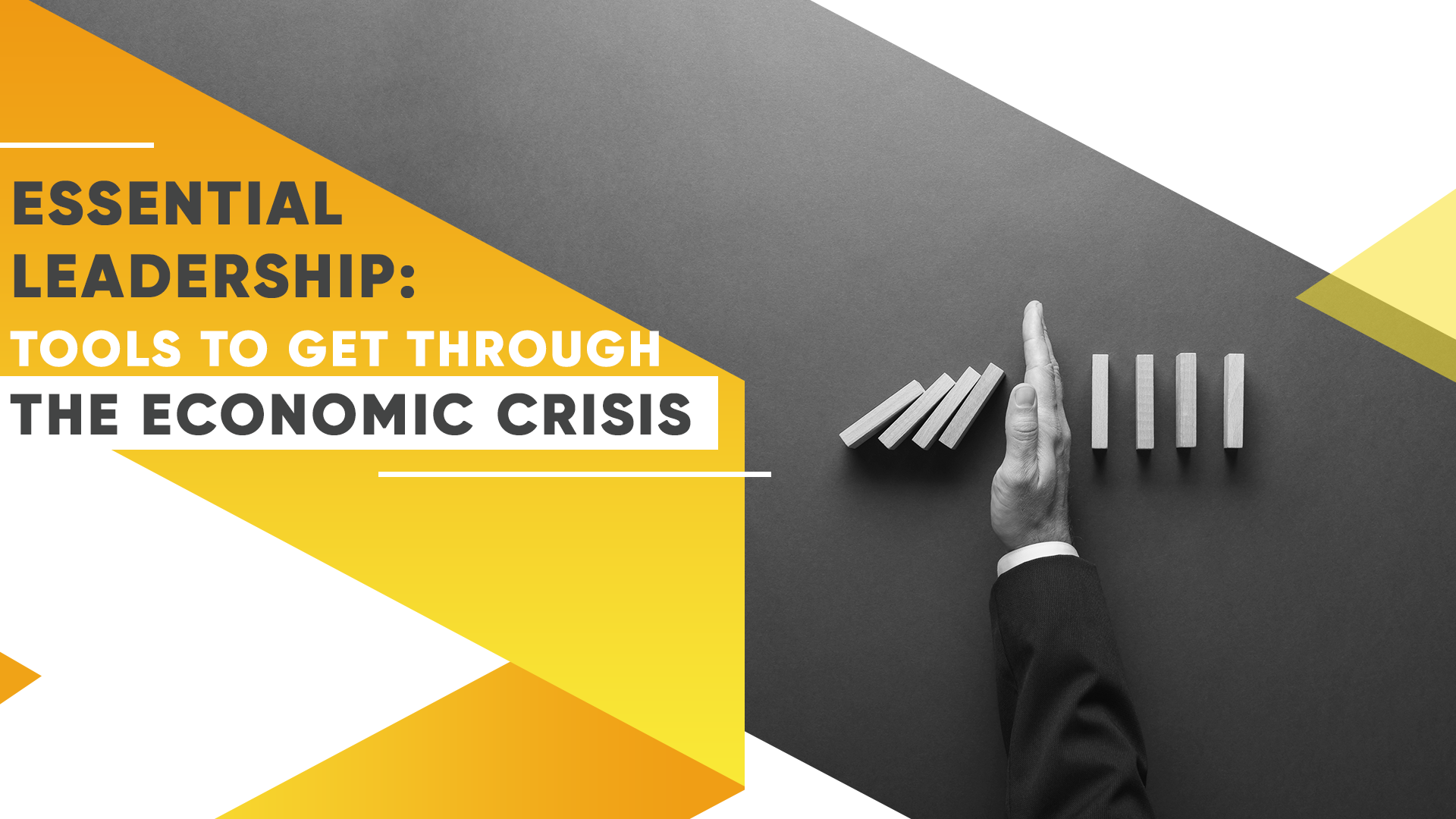4 Steps to Future-Proof Your Business Model

Last Wednesday, in a suburban New Jersey warehouse converted into conference space and a cooking show set, I joined 80 managers assembled to discuss their company’s strategy. We had helped design the two-day experience and were at the point in the flow of the off-site when we hoped we would hear some new, breakthrough insights.
We had reviewed the company’s situation, the trends that would shape its future, and collectively crystallized a shared strategic vision, a battle-cry, to activate and unify our efforts. The conversations had in place all the elements – the pain and the gain, the challenge and the opportunity – needed to slingshot the conversation into a new trajectory.
And then it came.
A woman standing in front of the room, under spotlights, microphone in hand, sharing her team’s view of what the company needed to do next.
Now, I get to participate in quite a number of strategy dialogues, across continents and industries. I find that in any given era, the strategic themes that emerge are remarkably consistent. In the agile, digital, purpose-driven environment most companies are now seeking to navigate, with globalization, rapid technological change, millennials, and regulatory uncertainty top of mind, most forward-looking companies are after a similar set of strategic priorities: connect with your purpose, understand customers more intimately, embrace digitization, etc.
But this woman, this team, offered an idea I had never heard before. At first it seemed obvious. But after sitting with it for a while, I realized it flies in the face of some fundamental assumptions about strategy and competitive advantage. It throws into question some long-accepted ideas, proposed by well-respected strategy experts, about “disruptive innovation” and “business model design.”
This simple idea points us toward a very different way to think about strategy.
You see, two of the central pillars of strategy have held that:
- Companies adopt a business model that works.
- They will choose to protect that business model until the alternative becomes too costly to ignore.
For example, Blockbuster’s brick-and-mortar DVD rental model worked well for it. So well, that it was slow to respond to Netflix’s mail-based DVD subscription model. Blockbuster failed. Kodak similarly loved their business model – sell high-margin film for low-margin cameras – too much to embrace digital cameras quickly enough.
The great corporate falls we like to study follow the same pattern. A company adopts a business model that works, an alternative business model emerges, the incumbent resists abandoning its own model until it’s too late.
Great corporate success stories rest on the same assumptions. American Express had adopted a powerful business model selling travelers checks. A new credit-card model emerged. American Express recognized the future was in electronic payments, abandoned its old model, and evolved into the new. IBM did the same, evolving from hardware into services.
From the time that Peter Drucker first introduced the idea of a business model, through Clayton Christensen’s insight that business model conflict creates opportunities for “disruption,” all the way to the “business model design” ideas popularized by Alexander Osterwalder, we have always assumed that companies adopt one business model.
So when this woman, addressing her 80 colleagues, suggested that their company needed to diversify its business models, my head started spinning.
Of course, why should a company have to choose just ONE business model? In older, slower, analog days, companies had to offer one form of pricing. But in a digital world in which you can isolate and target small increments of customers, you can offer different pricing schemes for each. In the “olden days” (as my kids like to refer to anything 10 years ago) you mass produced one product, but today you can customize. We used to distribute primarily through one channel, but now we use multiple.
Why then, if you can offer multiple pricing, product, and distribution options, should you only have to adopt one business model?
Consider Microsoft. It used to pursue just one business model: get an operating system on every desktop, capture customers, then sell them software on top of it. Ten years ago the company recognized software was moving to the cloud, weakening the link between your operating system and the software you chose. So Microsoft rewrote all of its core software – Word, PowerPoint, Excel – for the cloud, and built Office 365. It’s now competing more effectively with Evernote, Google Docs, and web-based mail services.
But Microsoft has not stopped there. It is betting on multiple business models. With its acquisition of Skype and LinkedIn, Microsoft is also operating as a platform business, in which advantage comes not from product superiority but from having more people engage. It is also competing as an infrastructure company, building data warehouses of servers and renting them out as Amazon does with its Web Services.
Microsoft has at least three fundamentally different business models at play.
So what if the future depends not on your ability to accurately step from one business model to the next, but rather your ability to build a portfolio of business models so that, whatever the future demands, you have a business model to match?
In such a situation, you see companies evolving into ecosystems of business models. You may have core, proven models that produce profit that helps fuel newer, emerging business models. You may have a pipeline of experiments. At the early stage, experiment with new pricing structures or customer segments. If those prove out, you explore new distribution methods and processes for them.
This evolution of strategy makes sense especially when you consider the fundamental reason why businesses exist. According to the theory of the firm, introduced in the late 1930s by economist Ronald Coase, who earned a Nobel Prize for his work, companies are only viable when they are able to perform activities in-house at a lower cost than they can be performed by the external market.
Digital technologies now make it easier to test out new ways of transacting. You can hire experts, sales people, and manufacturers, and ensure quality remotely at a lower cost today than you could just a few years ago. As a result, we see a proliferation of business model experimentation in places like Silicon Valley and New York (for FinTech innovation).
But digital technologies are also reducing the cost to perform these experiments internally. Companies that are recognizing this and are starting to accelerate their rate of internal business model experimentation are the ones that have the greatest chance of competing with the evolving onslaught of business models from outside. Why let startups experiment with the business models of the future? Why don’t you start experimenting now and immunize yourself from future challengers?
Implementation
To begin shifting to this new way of thinking about strategy, growth, and innovation, take four steps:
- Set an experimentation budget: Many of our clients like the idea of the 5x5x5 experiment. This stands for $5,000, 5 people, 5 weeks (one or two day days per week). By containing the cost of your experiments, you reduce your risk exposure. Decide how many experiments you want to make every quarter and finance it with an internal experimentation fund.
- Brainstorm business model experiments: We like to think of a business model as being composed of eight dimensions: your positioning, product, pricing, placement/distribution, promotion, processes, physical experience, and people. Start brainstorming promising new choices you can test across these eight dimensions. Then prioritize them into a backlog of ideas you want to test.
- Run experiments: Design a set of experiments, define what you want to test, what you must measure, and what results would define success; run the experiments; review your results; decide whether to abandon or adapt.
- Run your next set of experiments: Pick your next set of experiments from your prioritized list (from step 2) and repeat.



